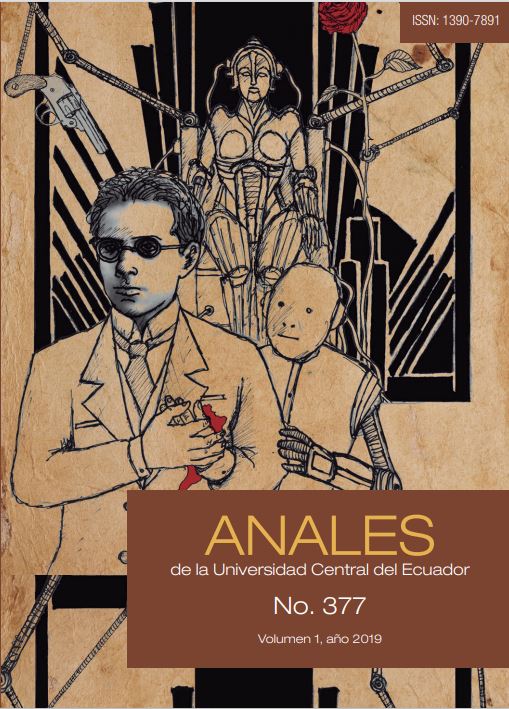El sector algodonero en Ecuador: desafíos y oportunidades de la cadena de valor
Keywords:
cotton, value links, diff erentiationAbstract
Cotton is one of the most used natural fi bers as raw material by the textile industry worldwide. In Latin America and the Caribbean, it has a historical importance as a dynamizer of local economies, Ecuador is not the exception. However, in Ecuador cotton production has decreased, domestic production does not supply the Ecuadorian textile industry. Imports of cotton are subject to a tariff reduction provided that the textile industry absorbs the annual harvest. Th e rationality of textile companies responds to the purchase of cotton at lower prices coming mostly from the US and their production processes seek to guarantee their competitiveness in the market. Local production comes from small non-associate farmers in Guayas and Manabí; however, the supply-demand is not direct between producers and the textile industry, one actor articulates the purchase of cotton and in turn selling fi ber of cotton. Th e cotton planted in Ecuador is non-transgenic, produced in dry season, with a better water footprint and therefore presents an opportunity to diff erentiate and add value to its production considering the requirements for the type of spinning, textile fabrics and its market positioning.
References
ASOCAM. (2009). ¿Cómo hacer análisis de cadenas? Metodologías y casos. INTERCOOPERATION-COSUDE
Carvalho Ervilha, Ruiz Lorena. 2018. Estudio Nichos de Mercados del Algodón. Cooperación Sur – Sur Trilateral. FAO, ABC/MRE, Proyecto Regional +Algodón.
Ecuador COMEX, Resolución No. 009 – 2018, Registro Ofi cial No. 270, Suplemento, 26 de junio de 2018.
FAO & ABC. (2017). Mujeres de algodón roles de género y participación en las cadenas
de valor en Argentina, Bolivia, Colombia, Paraguay y Perú. En http://www.fao.
org/3/a-i6938s.pdf
Fernández Mantilla, María del Arrabal. 2017. “Moda Sostenible: análisis de su naturaleza y perspectiva futura”. Tesis de Grado, Universidad de León, España.
Flores, Rubén. (1998). Diagnóstico de los gremios productores agropecuarios: una propuesta de trabajo para su fortalecimiento. Documentos Técnicos del Programa Sectorial Agropecuario. MAG–BID.
GIZ. (2010). Guía Metodológica Implementación del Proceso de Fomento de Cadena
de Valor.
Springfi eld Center. (2015). Guía operacional para el enfoque “lograr que los mercados
funcionen para los pobres (M4P)”, COSUDE y FDFA. En ttps://beamexchange.
org/resources/651/
Villegas Marín, Claudia, González Monroy, Beatriz. (2013). “Fibras textiles naturales sustentables y nuevos hábitos de consumo”. Revista Legado de Arquitectura.


